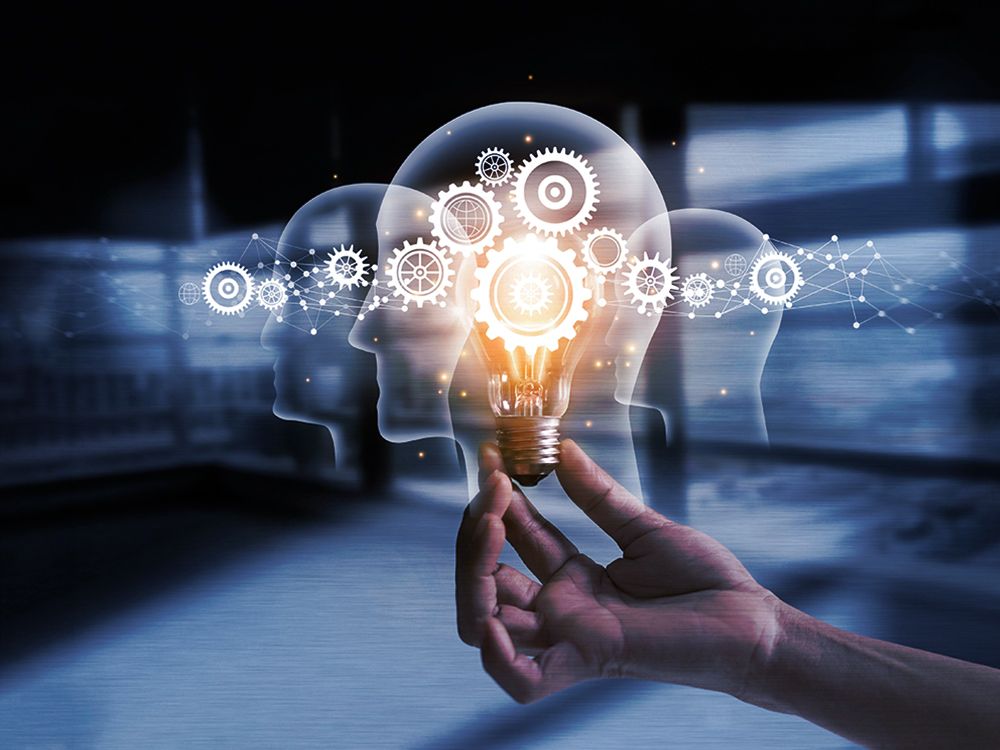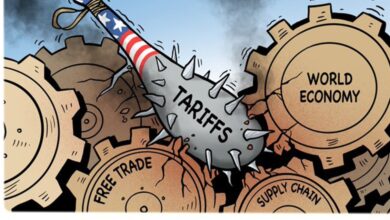Top 10 Best Power companies in India, in 2022
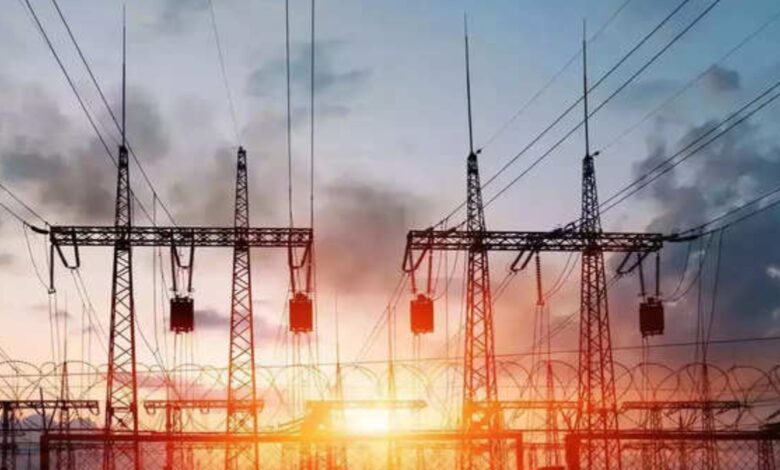
In physics, energy or power is a property that can be measured and transferred to a body or a physical system. For example, it can be seen when work is done or when heat or light is given off. Energy is a quantity that stays the same. According to the law of energy conservation, energy can change forms, but it can’t be made or destroyed. The International System of Units (SI) uses the Joule to measure energy. A joule is the amount of energy transferred to an object when it is moved one meter against a force of one newton.

Common types of energy include the kinetic energy of an object in motion, the potential energy stored by an object’s position in a force field (gravitational, electric, or magnetic), the elastic energy stored by stretching tangible things, the chemical energy released when a fuel burns, the radiant energy carried by light, and the thermal energy of an object’s temperature.
Mass and energy are related in a lot of ways. Due to the mass-energy equivalence, any object that has mass when it is still (called its “rest mass“) also has an equal amount of energy in the form of its “rest energy.” Any additional point that an object gets on top of its “rest energy” will add to its total mass similarly to its total energy. For instance, if you heat an object, the increase in its power could, in theory, be measured as a slight increase in its mass if you have a sensitive scale.
To stay alive, living things need energy, like the energy we get from food. For human society to work, it needs energy, which it brings from things like fossil fuels, nuclear fuels, and renewable energy. Likewise, the Earth’s climate and ecosystem are driven by the point it gets from the Sun and the power it gets from geothermal heat inside the planet.
Forms
In different ways, the total energy of a system can be broken down into potential energy, kinetic energy, or a mix of the two. Kinetic energy is based on how fast an object moves or how fast all of its parts move together. Potential energy is based on how fast an object can move and is usually a function of where a thing is in a field or can be stored in the area itself.
Even though these two groups are enough to describe all types of energy, it is often easier to call a particular mix of potential and kinetic energy its type. Mechanical energy, for example, is the sum of a system’s translational and rotational kinetic and potential energies. On the other hand, nuclear energy is the sum of the potentials inside an atomic nucleus that come from either the nuclear force or the weak force.
History
The word energy comes from the Ancient Greek word v, which is written as energeia and means “activity” or “operation.” Aristotle may have used it for the first time in the 4th century BC. Unlike what it means today, energeia was a philosophical idea about quality that was broad enough to include happiness and pleasure.
Gottfried Leibniz came up with the idea of vis viva, which means “living force” in Latin. This is the product of an object’s mass and its speed squared. He thought that total vis viva was conserved. Leibniz believed that thermal energy was the movement of the parts that make up matter. This was not widely accepted for more than a century, but it helped explain why things slow down when they rub against each other.
The modern equivalent of vis viva is kinetic energy, which is only two times different from vis viva. Émilie du Chatelet wrote about the idea of energy conservation in the margins of her French translation of Newton’s Principia Mathematica in the early 1700s. This was the first time a conserved, measurable quantity different from momentum and would later be called “energy” was described.
Thomas Young may have been the first person in 1807 to use the word “energy” instead of vis viva in the way it is used today.
Gustave-Gaspard Coriolis gave the modern definition of “kinetic energy” in 1829, and William Rankine came up with the term “potential energy” in 1853. The law of conservation of energy was also first proposed in the early 1800s. It applies to any system that is not connected to anything else. For many years, people disagreed about whether heat was a physical substance, called a caloric, or just a physical quantity, like momentum. In 1845, James Prescott Joule found out that mechanical work can cause heat to be made.
The field of thermodynamics, mostly William Thomson’s work (Lord Kelvin), is based on the idea that energy is always the same. Rudolf Clausius, Josiah Willard Gibbs, and Walther Nernst could quickly explain chemical processes with the help of thermodynamics. It also led Clausius to develop a mathematical way to describe the idea of entropy and Jozef Stefan to come up with the laws of radiant energy.
Noether’s theorem says that the laws of physics don’t change over time, which leads to the fact that power stays the same. So, theorists have known since 1918 that the law of energy conservation is a direct mathematical result of the translational symmetry of the quantity related to energy, which is time.
Measurement units
In 1843, James Prescott Joule did a series of experiments that led him to the same conclusion. The most famous of them used the “Joule apparatus,” a string with a weight on it that falls. This weight is attached to a paddle that is submerged in water. When the weight falls, it turns the paddle, which keeps heat from moving. In addition, it showed that the weight’s loss of gravitational potential energy when it fell was equal to the water’s gain of internal energy when it rubbed against the paddle.
The unit of energy in the International System of Units (SI) is the Joule, named after Joule. It’s a made-up unit. It is equal to the amount of energy used (or work done) when one newton of force is applied over one meter. Power can also be measured in ergs, calories, British Thermal Units, kilowatt-hours, and kilocalories, which are not part of the SI and require a conversion factor when measured in SI units.
The watt, a joule per second, is the SI unit for energy rate (energy per unit time). So, one Joule is equal to one watt-second, and one watt-hour equals 3600 joules. The erg is the CGS unit of energy, and the foot-pound is the imperial and US customary unit. In some areas of science and business, the electronvolt, the food calorie or the thermodynamic kcal (which is based on how much the temperature of water changes when it is heated), and the BTU are also used.
Scientific Use
Mechanics from the past
In classical mechanics, the fact that energy is a conserved quantity makes it a valuable property from both a conceptual and a mathematical point of view. Using energy as the main idea, mechanics have been made in a few different ways.
Force times distance is work, which is a measure of energy. This says that the work (W) equals the line integral of the force F along with a path C. For more information, see the article on mechanical work. Work, and by extension energy, depends on the frame. For example, think about how a bat hits a ball. From the point of view of the ball’s centre of mass, the bat doesn’t work on it. But from the point of view of the person who swings the bat, the ball does a lot of work.
The total energy of a system is sometimes called the Hamiltonian, named after William Rowan Hamilton. Even for systems that are very complicated or hard to understand, the classical equations of motion can be written in terms of the Hamiltonian. There are very close analogs to these classical equations in quantum mechanics that do not involve relativity.
The Lagrangian, named after Joseph-Louis Lagrange, is another idea about energy. This formalism is as essential as the Hamiltonian, and both can be used to get equations of motion or be gotten from equations of motion. It was first thought of in the context of classical mechanics, but modern physics uses it all the time.
The Lagrangian is calculated by taking the kinetic energy and subtracting the potential energy. For non-conservative systems, the Lagrange formalism is usually easier to use from a mathematical point of view than the Hamiltonian (such as systems with friction).
Noether’s theorem from 1918 says that any differentiable symmetry of a physical system’s actions has a matching conservation law. Noether’s theorem has become an essential part of modern theoretical physics and the calculus of variations.
It is a generalization of the first formulations of constants of motion in Lagrangian and Hamiltonian mechanics (1788 and 1833, respectively). However, it does not apply to systems that cannot be modeled with a Lagrangian. For example, dissipative systems with continuous symmetries do not need a corresponding conservation law.
Chemistry
In chemistry, energy is a property of a substance that comes from how it is made up at the atomic, molecular, or aggregate level. Since a chemical change involves a change in one or more of these types of structures, the total energy of the substances involved usually goes down, but it can sometimes go up. Some energy can be transferred from the environment to the reactants by heat or light.
This means that the products of a reaction sometimes have more energy than the reactants, but most of the time, they have less. The reaction is said to be exothermic or exergonic when the final state of response is lower on the energy scale than the initial state. In the rarer case of endothermic reactions, the situation is the other way around. Most chemical reactions can’t happen until the reactants pass a barrier of activation energy.
At a given temperature T, the Boltzmann’s population factor eE/kT tells us that the speed of a chemical reaction is related to the activation energy E. This is the probability that a molecule has energy greater than or equal to E at that temperature T.
The Arrhenius equation is a way to describe how the rate of a chemical reaction changes as the temperature changes. Thermal energy can give a chemical reaction the activation energy it needs to start.
Power is one of the essential things in a person’s life. It drives infrastructure development, which speeds up economic growth. India’s electricity industry is one of the most diverse and fast-paced in the world. Coal, lignite, natural gas, oil, hydropower, and nuclear power are all ways to make electricity. Wind, solar, and waste from farms and homes are also good non-traditional options. The country’s need for electricity has gone up a lot and is expected to keep going up in the future. To meet the growing demand for power in the country, there is likely to be a big jump in power production.

1. Adani Transmission Limited
Adani Transmission Limited (ATL), based in Ahmedabad in Gujarat, is one of India’s largest power transmission companies. It has operations all over the country. ATL maintains and runs high-voltage AC transmission lines and substations with voltage ranges of 132kV, 220kV, 400kV, and 765kV, as well as high-voltage DC transmission lines and substations with voltage ranges of +/-500kV. At the moment, ATL has more than 18,500 ckt km of transmission lines and the ability to change power by about 38,600 MVA.
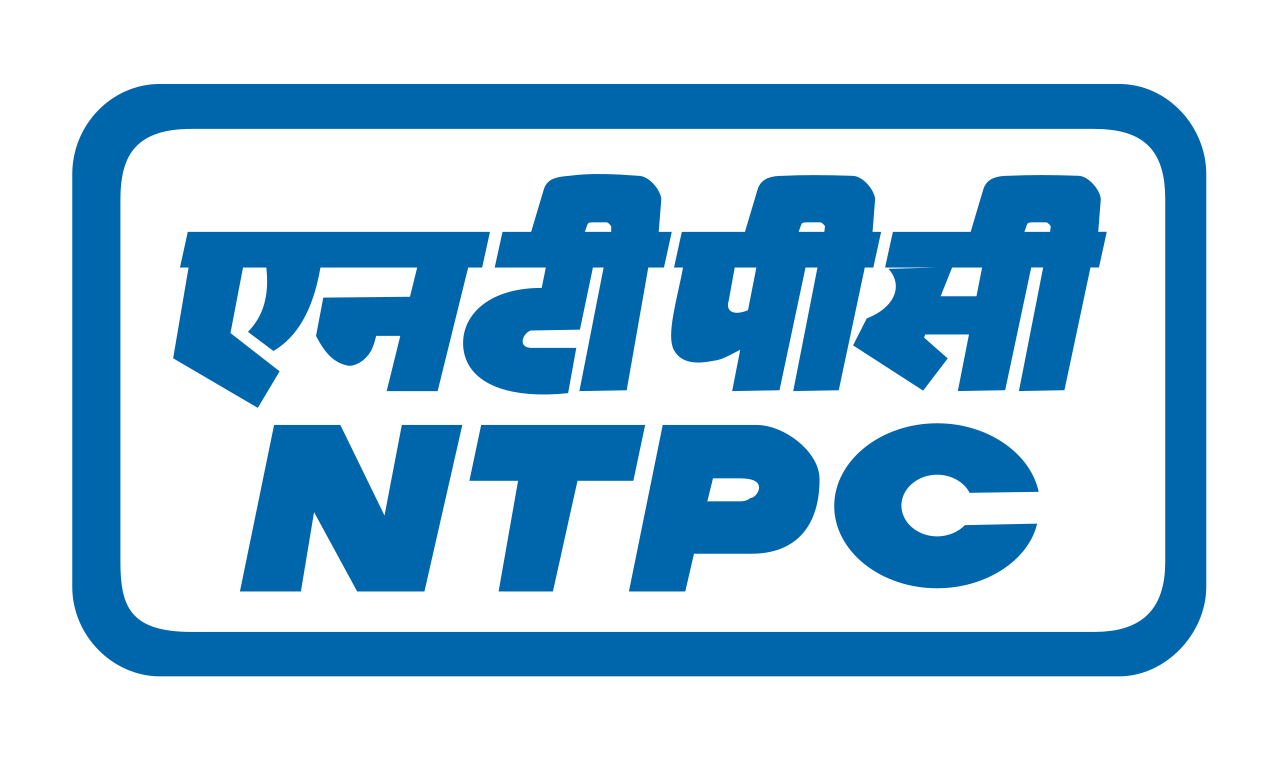
2. NTPC
NTPC was founded in 1975, and its main office is in New Delhi. NTPC Limited is a well-known public sector organization in India that makes and sells electricity. It has switched from fossil fuels to hydro, nuclear, and renewable energy to produce electricity. This trip will help the Company reduce its carbon footprint by reducing the greenhouse gases it releases into the air. It offers various products and services, such as making and sending electricity, finding, allocating, and moving natural gas. Along with coal mining, the Company has also done some oil exploration and mining.

3. Powergrid
Powergrid was founded in 1989 to build, maintain, and design the country’s high-voltage power generation infrastructure. It is the country’s most extensive electric transmission system and is a public company in charge of it. Its transmission network comprises 164,511 circuit kilometres (ckm) of transmission lines and 243 EHVAC and HVDC substations. It has a net transformation potential of 3,67,097 MVA. About half of the power made in India is sent through the transmission network by POWERGRID. Currently, the government of India owns 51.34 per cent of the Company, and the public owns 48.66 per cent.
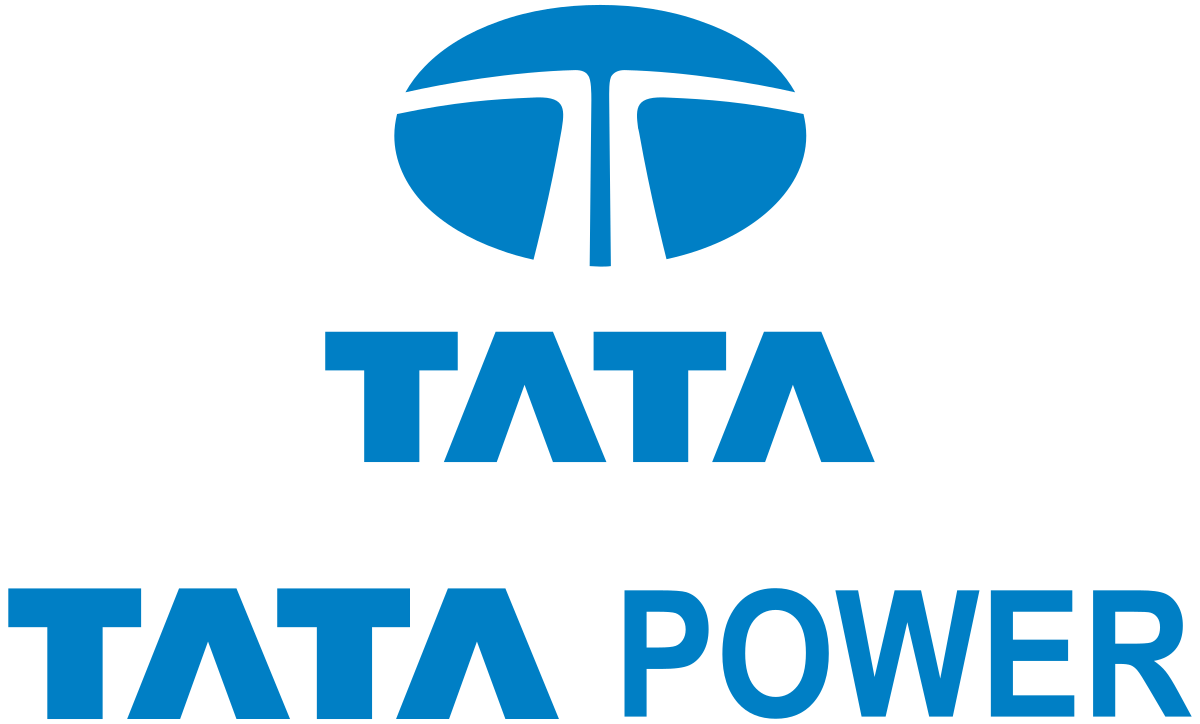
4. TATA Power
TATA Power is the most significant private power company in India. It is based in Mumbai and has a production capacity of around 10,577MW. With all of its divisions and businesses, Tata Power has a total output capacity of 13,061 MW, of which 32 per cent comes from renewable sources. The Company is one of the top private operators in the supply chain’s solar rooftop and value-added solutions areas. It has 12 million people who get its products.

5. JSW Energy
The Company has been around since 1994 and is based in Mumbai, Maharashtra. JSW is one of the best power companies because it has guiding principles, organized management, world-class operations, and ethical, financial, and environmental benefits. Currently, the Company makes 4,559 MW of power, 3158 MW of which comes from thermal energy, 1391 MW from hydropower, and 10 MW from the Sun.

6. NHPC
National Hydroelectric Power Corporation is what NHPC stands for, and it was started in 1975. It is a hydropower board for the Indian government. It is run by the Ministry of Power, which is part of the Indian government. The Indian government and state governments own 74.51 per cent of the land. The ordinary people own the other 25.49 per cent. The Company is based in Faridabad, and some of the things it does are make electricity and trade energy. The Company also gets power from the Sun, geothermal heat, tidal energy, and the wind. Twenty hydropower plants are owned and run by NHPC Ltd.

7. Torrent Power.
Torrent Power is one of the essential power companies in India. It is based in Ahmedabad and serves many parts of the states of Gujarat, Maharashtra, and Uttar Pradesh. Some of the things the Company does are supply and production, energy trading, power generation, and wind energy. Torrent is one of the best-run power companies in the country, and its production units are very efficient. It has coal-fired, gas-fired, and renewable power plants producing 3879 megawatts (MW). The Group’s gas-based facilities are more sustainable because they are made with cutting-edge technology and built-in performance elements.

8. Reliance Power Ltd.
Reliance Power Limited is part of the Reliance Group, India’s most prominent business group. Reliance Power is a company that designs, builds, and runs power plants in India and worldwide. Through its affiliates, the Company owns and runs a large amount of electricity-generating capacity, both in use and under construction. The Company has more than 6000 MW of power plants that are running. There are currently three coal-powered projects being built. The coal for these projects comes from India and other places. In addition, one gas-powered project is being constructed, and twelve hydroelectric projects are being planned, with six in Arunachal Pradesh, five in Himachal Pradesh, and one in Uttarakhand.
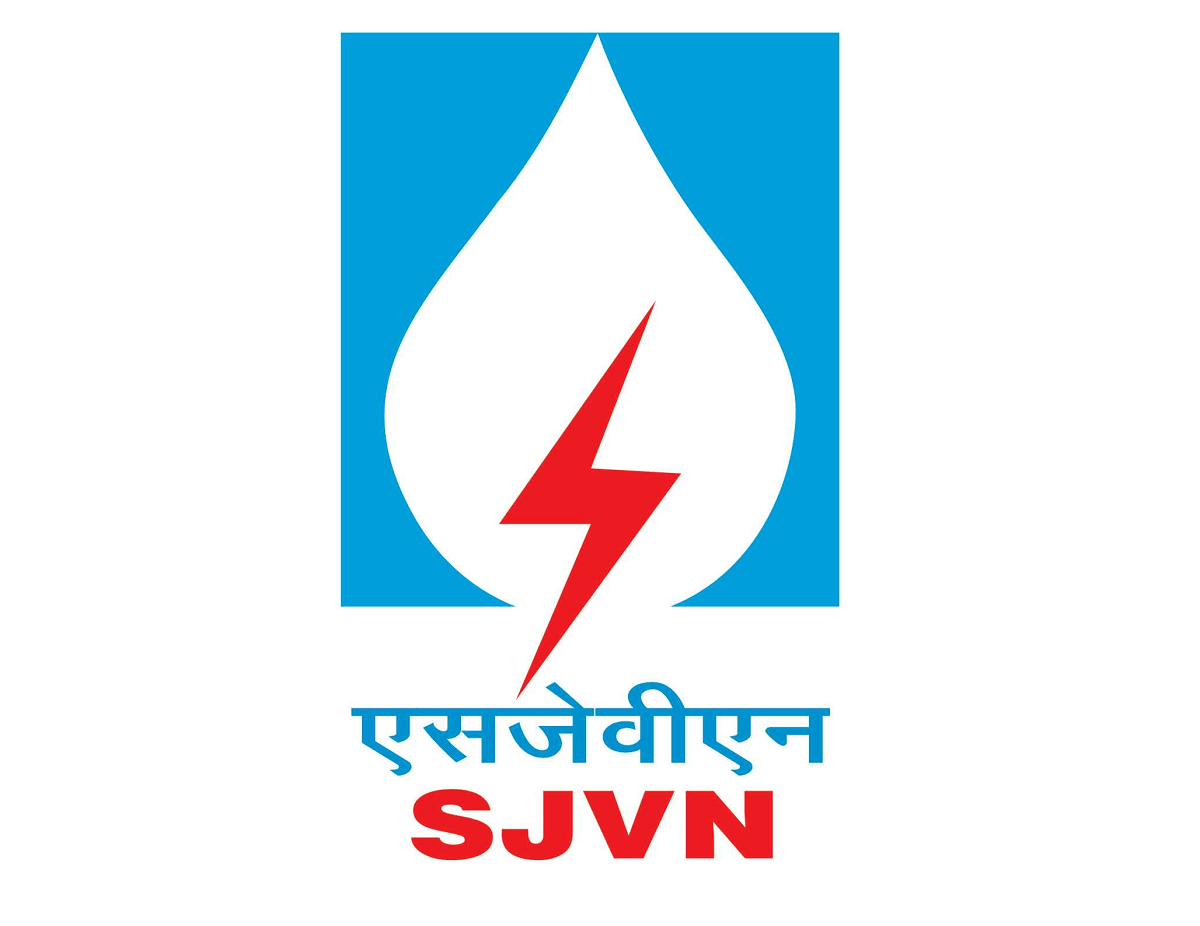
9. SJVN
Satluj Jal Vidyut Nigam, often called SJVN for short, was formed in 1988. The Company offers solar power, Transmission of power, and consulting, among other things. With its two hydropower plants, Nathpa Jhakri and Rampur, the Company can use 1912 MW of hydropower. It can also get 97.6 MW of power from the wind and 6.9 MW from the Sun.

10. CESC
Calcutta Electric Supply Corporation, which is what CESC Ltd stands for, is one of the best companies in India for making electricity. The Company, based in Kolkata, was started by Mr R.P. CESC, India’s first electrical service company that offers all its services under one roof. The Company has been making and sending electricity to Kolkata and Howrah since 1899. CESC participates in the private production, Transmission, and distribution of electricity. The Company is the only primary electricity distributor in a 567-square-kilometre area of Kolkata and Howrah, which is home to 2.9 million homes, businesses, and factories. In addition, it owns and runs three thermal power plants that produce 1,125 MW of electricity.

